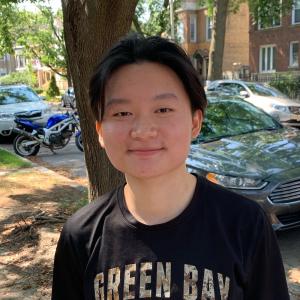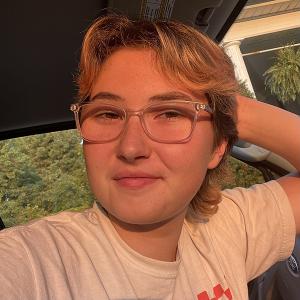En route from Quito, Ecuador to Bogota, Columbia (re-posted May 20, 2009 by request)
We finished a pleasant day in Quito and are on our way to Bogota where school visits start very early. Although I've only spent a couple of days in Ecuador spread over two visits, I really like the country and hope to spend some vacation time there one of these days. I'm told that, per hectare, Ecuador has the world's most biodiversity.
Oberlin, too, seeks to be diverse. We do this by making a special effort to travel around the world seeking interesting students. We do it through our generous financial aid that enables all admitted students,regardless of nationality, to attend Oberlin. We also seek to diversify our student body through our admission decisions. While we don't have quotas of any kind at Oberlin, we do try to make our admission decisions in such a way that we end up with as diverse a student body as possible. So, on the one hand,Oberlin tries to be as inclusive as possible.
Unfortunately, resource constraints also play a role in the admission process. Oberlin has only a limited number of spaces in each entering class and only a finite amount of financial aid - especially for international students who are ineligible for US governmental financial aid. As a result the admissions process necessarily becomes not just a process of inclusion, but also a process of keen competition between applicants. Ecuador has some insight to offer here as well: the Galapagos Islands.
Charles Darwin's theory of evolution had its genesis in these remote islands. Alternatively called "Natural Selection" or "Survival of the Fittest," this theory has been seen as a parallel to many human processes as well. During the late nineteenth century "Social Darwinism" was used to "explain" why some individuals amassed incredible wealth while others starved in urban slums. Since then opportunity and even random chance have been given a much more significant role. But at the end of the day, like Darwin's finches, some applicants seem more likely to adapt well and thrive at Oberlin.
During the selection process our job as admissions officers is to balance our desire for as diverse a student body with our need to select students who seem most likely to thrive at Oberlin. One of the tools that we use is the Early Decision (ED) process.
As I hope you already know, Oberlin offers a binding early decision process that allows you to apply early and get a decision early. However, the process is binding. If you apply ED and are accepted, you agree to withdraw all other applications and to attend Oberlin. If you apply by our ED I deadline of November 15th, you will typically have a decision by December 20th or so. If you apply ED II (January 2nd deadline), you should know by the beginning of February. If Oberlin is your first choice, this can be great for you as you can enjoy the final semester of your senior year without the stress of the college admissions process. There is also a slight advantage in the application process for those who apply early decision.
Early decision is also nice for Oberlin. It is useful to us in that it helps us predict more accurately the number of international students that we will have and how much financial aid will be expended. More important, though, it helps us make great matches. If, after looking into innumerable other schools, you think Oberlin is your best match, that is important information to us in determining whether or not there is a good fit.
But to assure that we also have as much diversity as we can, we also need to avoid making too many admission decisions before we have an opportunity to see the entire application pool, including the much larger pool of applicants who apply through the regular decision process. Spaces in the class and financial aid that are allocated during ED are simply not, then, available during the regular decision process.
To assure that we have great diversity when we are done with the final crafting of our international class and that we have also chosen the individual applicants who are most likely to thrive, we use a three-decision process for early decision applicants. In some cases, we know from experience that an early decision applicant is simply not going to be likely to thrive at Oberlin nor stand out in the context of the broader pool. These students will be denied admission during our early decision review process. Other students bring such obvious strengths that we can be confident that they will remain at or near the top of the pool regardless of who else applies. These students are admitted during the early decision process.
There is a third group, though, who are compelling students - students that we would like to admit. However, for one reason or another, we are unable in December or January to rule out the possibility that other students will bring even more diversity to our class and/or be an even better match. To deal most fairly with these students, we sometimes use a third option. We e-mail these students and ask their permission to move them to the regular decision pool. This frees them from the obligation to attend Oberlin if they are accepted, allows them to continue with other applications, but allows us the opportunity to consider them in the context of the full application process. In each of the last three years we have ultimately admitted some, but not all, of the students that we deferred to the regular decision pool.
Because of this option to defer applicants to the regular decision pool, a student is never disadvantaged in the admission process by applying early. No student who has a reasonable chance of being admitted regular decision is ever denied admission during the ED process. Thus, if Oberlin is your first choice there is no disadvantage in applying to Oberlin ED - even if you need a lot of financial aid.


